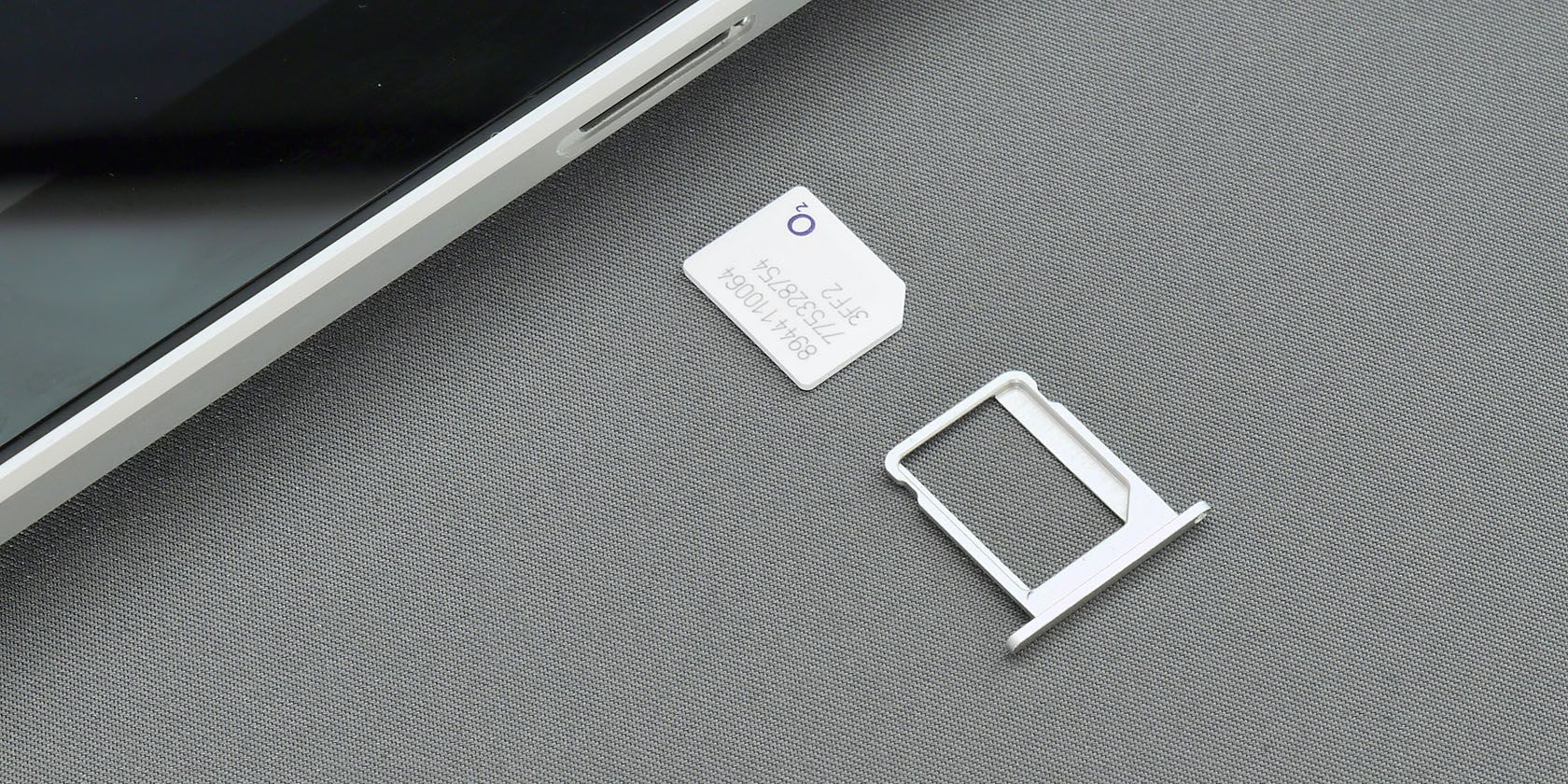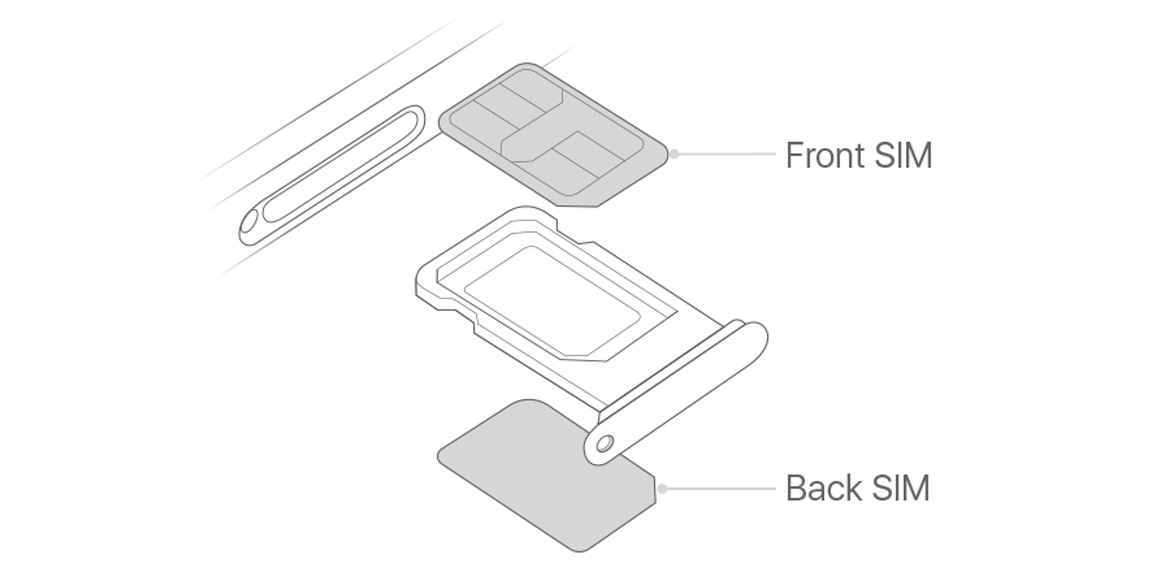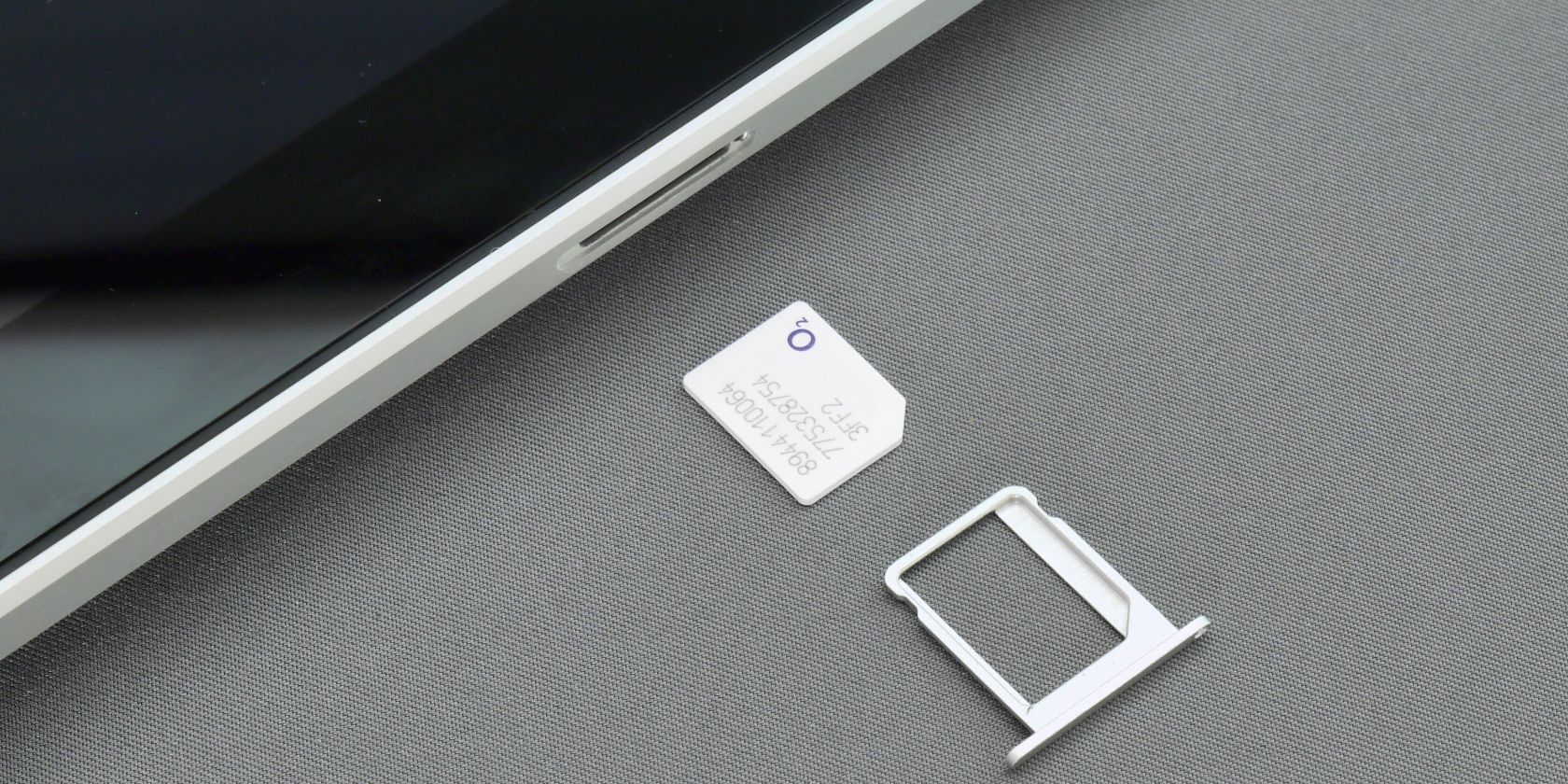Sometimes, we just have too many needs for a single phone number to fulfill. For example, you may want multiple carriers when traveling for work or on holiday. Other times, you might want to be able to separate your work and personal life.
The release of the eSIM-only iPhone 14 shows that Apple is moving away from SIM cards. However, iPhone users with an older iPhone might still need Dual SIM compatibility. We're here to show you which iPhones can use multiple SIM or eSIM cards.
What's the Difference Between Dual SIM and eSIM?
For iPhones, there are three ways that you can use two SIM cards at once—two nano-SIMs, two active eSIMs, or a mix of both nano-SIM and eSIM.
The nano-SIM is a SIM card that is physically inserted into an iPhone. Alternatively, the eSIM is a digital SIM that lets you activate a cellular plan without a physical SIM card.
Dual SIM can mean a combination of two Nano SIM cards, two virtual eSIMs, or one Nano SIM and one eSIM. Continue reading below to find out which iPhones support dual SIM.
Dual SIM iPhone Models That Are eSIM Only
Currently, only the iPhone 14 models sold in the US are eSIM only. This means you cannot insert a nano-SIM card into these devices. However, you can have multiple eSIMs installed on these devices. These devices are:
- iPhone 14
- iPhone 14 Plus
- iPhone 14 Pro
- iPhone 14 Pro Max
Apple is most likely moving away from Nano SIM technology, so you can naturally expect future iPhones to be eSIM-only too.
iPhone Models Supporting Two eSIMs or a Nano-SIM With an eSIM
You can use dual SIM with either two active eSIMs or a nano-SIM with an eSIM on certain Apple devices. Here are the iPhone models that let you do so:
- iPhone 13 Pro Max
- iPhone 13 Pro
- iPhone 13
- iPhone 13 mini
On top of these models, any iPhone 14 model you purchase outside the United States will also have a nano-SIM slot. But if you're new to eSIMs, please follow our guide to learn how to set up an eSIM on your iPhone.
iPhone Models Supporting a Nano-SIM and an eSIM
If you don't need a phone that can use two eSIMs at the same time, here's a list of iPhone models that also let you use dual SIM with a combination of a nano-SIM and an eSIM:
- iPhone 12, iPhone 12 mini, iPhone 12 Pro, or iPhone 12 Pro Max
- iPhone 11, iPhone 11 Pro, or iPhone 11 Pro Max
- iPhone XS or iPhone XS Max
- iPhone XR
- iPhone SE (2nd generation) or iPhone SE (3rd generation)
Some iPhone models manufactured in mainland China won't support eSIM and will be nano-SIM only.
iPhones That Support Two Physical Nano-SIMs
Due to government regulations, iPhones manufactured in mainland China, Hong Kong, and Macau are the only models that let you use two physical nano-SIMs. According to Apple, here are the iPhone models manufactured in these countries that allow such usage:
- iPhone 14, iPhone 14 Plus, iPhone 14 Pro, or iPhone 14 Pro Max
- iPhone 13, iPhone 13 Pro, or iPhone 13 Pro Max
- iPhone 12, iPhone 12 Pro, or iPhone 12 Pro Max
- iPhone 11, iPhone 11 Pro, or iPhone 11 Pro Max
- iPhone XS Max
- iPhone XR
Not sure where your iPhone was made? Find out where your iPhone was manufactured.
Can You Use Dual SIM on Locked iPhones?
If your device is carrier-locked, you cannot use SIM cards from other carriers for the second SIM card. While you will still be allowed to have two plans from the same network carrier, you cannot use them for foreign networks or an alternative carrier.
If your first SIM card is from a CDMA carrier, your second SIM will not be able to support CDMA. Similarly, if your iPhone is enterprise- or corporate-issued, dual SIM capability may vary depending on your organization's contract. For these special cases, you should contact your network carrier to confirm the status of your specific device.
Get the Most Out of an iPhone With Two SIMs
While you may not find a reason to get a dual SIM device right away, the need may arise in the future, especially while traveling. As time moves on, so do the ways we use our iPhones.
In fact, there are several reasons why you should consider getting a dual SIM iPhone today. So, if you want to get the most out of your iPhone, it's best to keep your options open.



